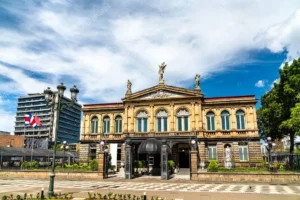
National Theatre of Costa Rica: A Cultural and Historical Gem of the Country
The National Theatre of Costa Rica: history, neoclassical architecture, and cultural programming that make it a heritage symbol of the nation.
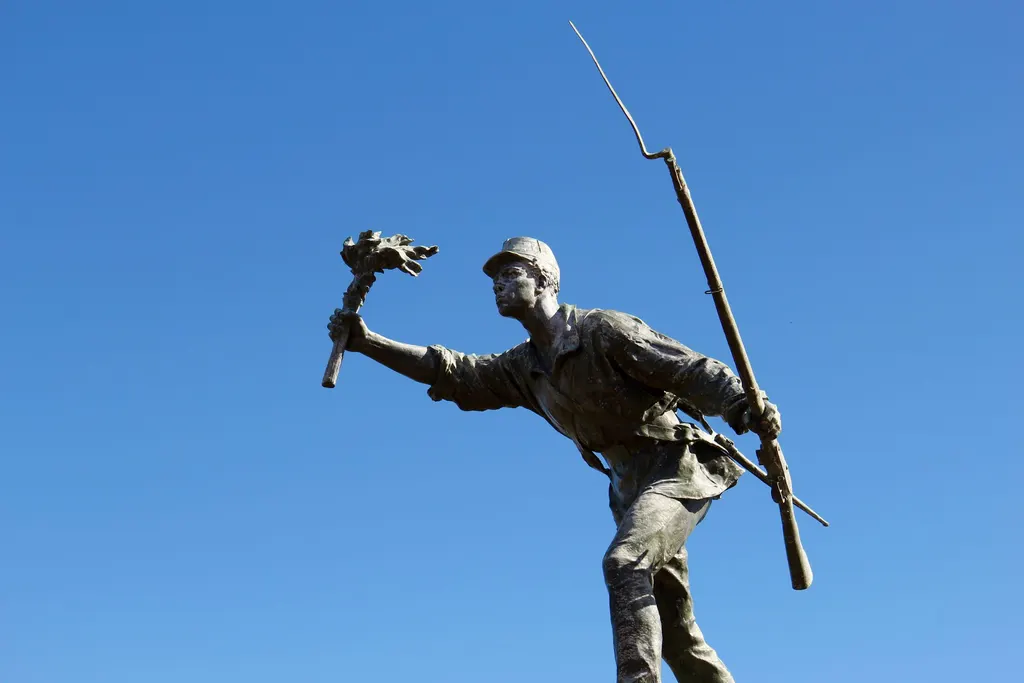
Portada » Juan Santamaría: The Drummer Who Ignited the Flame of Costa Rican History
It was the mid-19th century, and Central America was experiencing a period of change, tension, and external threats. From the north came the figure of William Walker, an American adventurer and filibuster who, with his troops, sought to take control of the region in order to impose a slave regime and extend his political and economic influence.
In 1855, Walker had seized control of Nicaragua, and his ambitions knew no bounds. Aware of the danger, Costa Rica decided not to wait for the enemy to arrive at its doorstep. President Juan Rafael Mora Porras called upon the people to defend the nation’s sovereignty, and an improvised army—made up largely of farmers, artisans, and young men with no military experience—set out to meet the threat.
Among them was a humble drummer from Alajuela who was about to leave an indelible mark on history: Juan Santamaría.
On April 11, 1856, in the Nicaraguan city of Rivas, the Costa Rican army faced off against the filibuster forces. The fighting centered around a large wooden inn, fortified by Walker’s men, who fired fiercely from windows and doors.
The Costa Rican officers knew that as long as the inn stood, the battle would be impossible to win. They needed a volunteer who, under enemy fire, could reach the building and set it ablaze. The task was, for all intents and purposes, a one-way mission.
Juan Santamaría stepped forward. It is said he did so with only one condition: that if he did not return, someone would take care of his mother. With a burning torch in hand, he ran toward the inn as bullets whistled around him. He reached the structure, set it on fire, and though he was mortally wounded, his action forced the filibusters to flee, changing the course of the battle and the war.
Juan Santamaría’s sacrifice was never forgotten. In 1891, decades after the war, he was declared a National Hero of Costa Rica. His figure became a symbol of patriotism and the defense of sovereignty against any threat.
Today, every April 11, the country celebrates Juan Santamaría Day with parades, civic events, and cultural activities, especially in his hometown of Alajuela, where the Juan Santamaría Monument and the Juan Santamaría Historical Cultural Museum stand. His image appears on banknotes and in public squares, and his story is taught in schools as an example of courage and devotion.
More than a soldier, Juan Santamaría remains a living reminder that love for one’s country and the will to defend it can ignite the flame of history—even through the most humble of acts.
| Year / Date | Event |
|---|---|
| Aug 29, 1831 | Juan Santamaría is born in Alajuela, Costa Rica. He grows up in a humble household and works in simple trades before joining the army as a drummer. |
| 1855 | The filibuster William Walker takes control of Nicaragua and establishes a government aligned with his expansionist interests. |
| Mar 1, 1856 | Costa Rican President Juan Rafael Mora Porras calls to arms to defend the nation’s sovereignty. |
| Mar 1856 | The Costa Rican army marches north and faces the filibuster troops in the Battle of Santa Rosa (Costa Rican victory). |
| Apr 11, 1856 | Battle of Rivas: Juan Santamaría volunteers to set fire to the inn occupied by the filibusters. He succeeds in his mission, changing the course of the battle, but loses his life in the act. |
| 1857 | Central American forces succeed in definitively expelling William Walker from the region. |
| 1891 | Juan Santamaría is officially declared a National Hero of Costa Rica. |
| Present Day | Every April 11, Costa Rica celebrates Juan Santamaría Day with parades, civic events, and commemorations across the country, especially in Alajuela. |
| Name | Type | Location | Description / Details |
|---|---|---|---|
| Juan Santamaría Monument | Sculptural monumentCentral Park of Alajuela | Parque Central de Alajuela | Statue inaugurated in 1891 depicting the hero holding a torch. It is one of the country’s most recognized symbols. |
| Juan Santamaría Historical Cultural Museum | Museum | Alajuela | Inaugurated in 1974, it houses artifacts, documents, and exhibitions about the 1856 National Campaign and Santamaría’s life. |
| Juan Santamaría International Airport | Transportation infrastructure | Alajuela | The country’s main international airport, named in honor of the national hero. |
| Juan Santamaría Park | Public park | Alajuela | Green space in the city center where civic events are held on April 11. |
| Juan Santamaría Monument in Rivas | Sculptural monumentCentral Park of Alajuela | Rivas, Nicaragua | Monument erected at the site of the battle in which he died. |
| Banknotes and coins | Numismatic honor | Nationwide circulation | His image has appeared on banknotes of various denominations and on commemorative coins. |
| Educational institutions | Schools and educational centers | Varias localidades | Many schools and colleges bear his name in tribute to his legacy. |
| Squares and streets | Urban infrastructure | Various cities | Numerous streets, avenues, and squares in the country are named “Juan Santamaría.” |
| Commemorative stamps | Philately | National issues | The Costa Rican Postal Service has issued stamps with his image to commemorate national anniversaries. |

The National Theatre of Costa Rica: history, neoclassical architecture, and cultural programming that make it a heritage symbol of the nation.
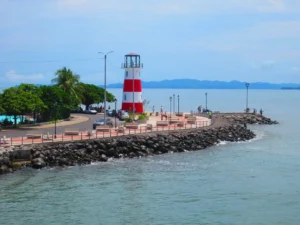
Puntarenas Lighthouse: history, economic impact, and its legacy as an iconic symbol of Costa Rica's Pacific coast.
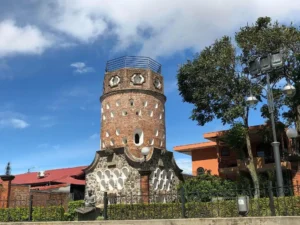
Fortín de Heredia, an emblematic Costa Rican fortification that symbolizes vigilance, defense, and community commitment.
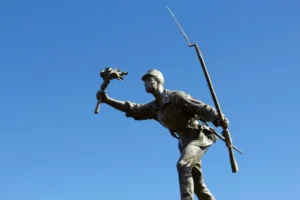
How drummer Juan Santamaría became Costa Rica's hero by burning Walker's fortress in 1856. Explore his legacy today.

Does your mom have a special quote? Share it and win a prize at Ponderosa. Let's honor her love this Mother's Day! 💖
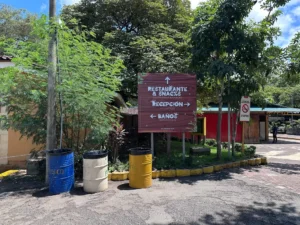
Ponderosa in Costa Rica strengthens its environmental commitment by collecting and delivering 170 kilos of recycling to the Municipality of Liberia.

The National Theatre of Costa Rica: history, neoclassical architecture, and cultural programming that make it a heritage symbol of the nation.

Puntarenas Lighthouse: history, economic impact, and its legacy as an iconic symbol of Costa Rica's Pacific coast.

Fortín de Heredia, an emblematic Costa Rican fortification that symbolizes vigilance, defense, and community commitment.

How drummer Juan Santamaría became Costa Rica's hero by burning Walker's fortress in 1856. Explore his legacy today.
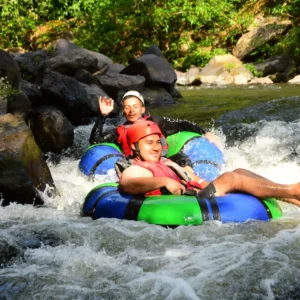
⏱️40 Minutes | 💦Guaranteed Fun | 👪 Family Activity
Fluye con la corriente en el Lazy River Float de Ponderosa.
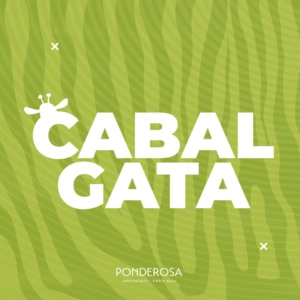
⏱️1 Hour | 🏇 Horseback Riding | 👪 Family
Conéctate con la naturaleza en la cabalgata de Ponderosa. Un recorrido a

⏱️1-2 Hour | 🚜 Guided Tour | 👪 Family Activity
Disfruta de una aventura inolvidable en el Safari Tour de
To provide the best experiences, we and our partners use technologies like cookies to store and/or access device information. Consenting to these technologies will allow us and our partners to process personal data such as browsing behavior or unique IDs on this site and show (non-) personalized ads. Not consenting or withdrawing consent, may adversely affect certain features and functions.
Click below to consent to the above or make granular choices. Your choices will be applied to this site only. You can change your settings at any time, including withdrawing your consent, by using the toggles on the Cookie Policy, or by clicking on the manage consent button at the bottom of the screen.
Utilizamos tecnologías como las cookies para almacenar y/o acceder a la información del dispositivo. Lo hacemos para mejorar la experiencia de navegación y para mostrar (no-) anuncios personalizados. El consentimiento a estas tecnologías nos permitirá procesar datos como el comportamiento de navegación o los ID's únicos en este sitio. No consentir o retirar el consentimiento, puede afectar negativamente a ciertas características y funciones.